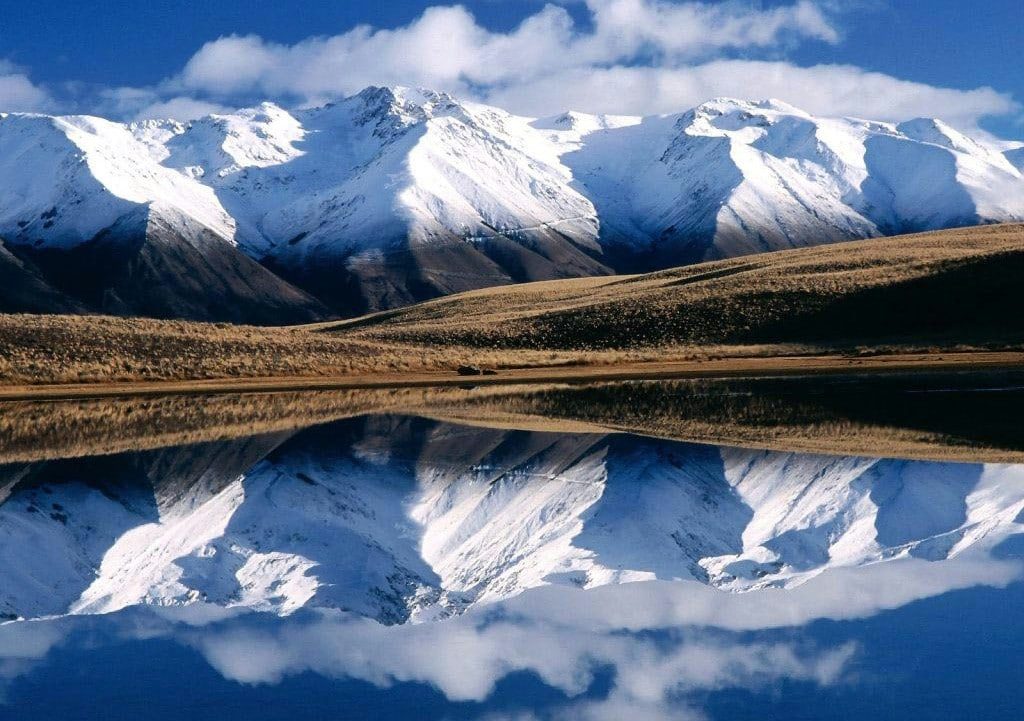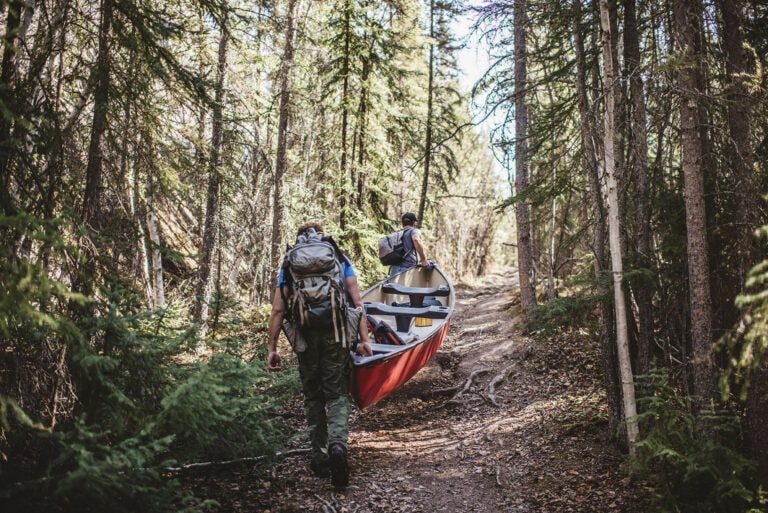On EDGE | OPINION
A sneak peek, from the upcoming February/March issue of the print edition of EDGE YK magazine:
Water flows downhill. That’s the essence of it. We in the Northwest Territories are the trunk at the end of a series of branching watersheds that flow from Yukon, B.C., Alberta, Saskatchewan and Nunavut into our Mackenzie River – the mighty Dehcho.
Anything that washes or leaks into those rivers eventually flows into ours. Our rivers’ health, and by extension our health and that of plants and animals in the NWT, is linked to upstream activities across the watershed. The Mackenzie basin covers 20 percent of the landmass of Canada and supplies 11 percent of the freshwater that flows into the Arctic Ocean; enough to have an effect on global weather patterns and Arctic water circulation.
A series of signatures play a key role in protecting it all.
In 1997, the five provinces and territories of the Mackenzie Basin agreed “to preserve the ecological integrity of the aquatic ecosystem” through fair and cooperative management. That was only the beginning. Eighteen years of consultation and negotiation followed on how to manage the resource that binds the regions all together. Reaching a shared vision was not easy and I’m grateful the NWT’s recent environment minister of eight years, Michael Miltenberger, committed so wholly to the task. The result: the NWT signed two cutting edge water management agreements last year; first with Alberta in March, and then with British Columbia in October. Pacts with Saskatchewan and Nunavut are still to come, along with a renewed Yukon agreement.
One of the best features of the agreements so far is they put ecosystems first in terms of water flows. Before considering the water needs of agriculture or industry, enough water is supposed to be allocated to ensure habitat for NWT fish, waterfowl and mammals.
Protection cannot be guaranteed, but they’ve secured the next best thing – a watchdog process that sets out how water quantity and quality will be monitored at the borders for certain rivers of concern. For example, 77 percent of the total inflow into Great Slave Lake is from the Slave River. This main artery into the territory has been, and could be further, impacted by hydropower and oil and gas developments upstream, including the proposed Site C dam in British Columbia.
Given the importance of the Slave River to NWT, the plan sets a very high bar for changes in the flow rate. If average annual flow were to change more than 1.9 per cent, the first focus is on restoring the level to meet the original objective. If this is not possible a series of other measures are set out in the agreement. In this case, in theory at least, the first step could include the Alberta government’s reduction of the volume of water used by its sectors.
At a recent University of Victoria seminar, our government’s chief negotiator, Merrell-Ann Phare, was asked “but does the agreement have teeth?” She answered that the agreement with Alberta is cooperative, it does not act as a new layer of regulations. “It goes as far as you can go in a cooperative agreement to achieve very tight commitments,” Phare said, adding that Alberta considers it to be a legal agreement, as does the NWT. How this plays out “in the water” in the future remains to be seen, but I would far prefer this agreement to exist than not.
I am not alone. A recent Ekos poll conducted for Ducks Unlimited suggests nearly 90 percent of the territorial population is concerned about water pollution. The agreements ambitiously commit to eliminating heavy metals and other harmful chemicals to below a level where they can be detected.
Other groundbreaking highlights include Indigenous representation on the management committees, the use of Traditional Knowledge together with science, and provisions for information sharing on planned developments.
Yellowknifers saw levels of our local waters, including Great Slave Lake, drop dramatically last year. It’s glaring evidence of new risks from climate change and the vulnerability of the ecosystems where we live. Clean and abundant waters are more important than ever to securing the future of the NWT.






